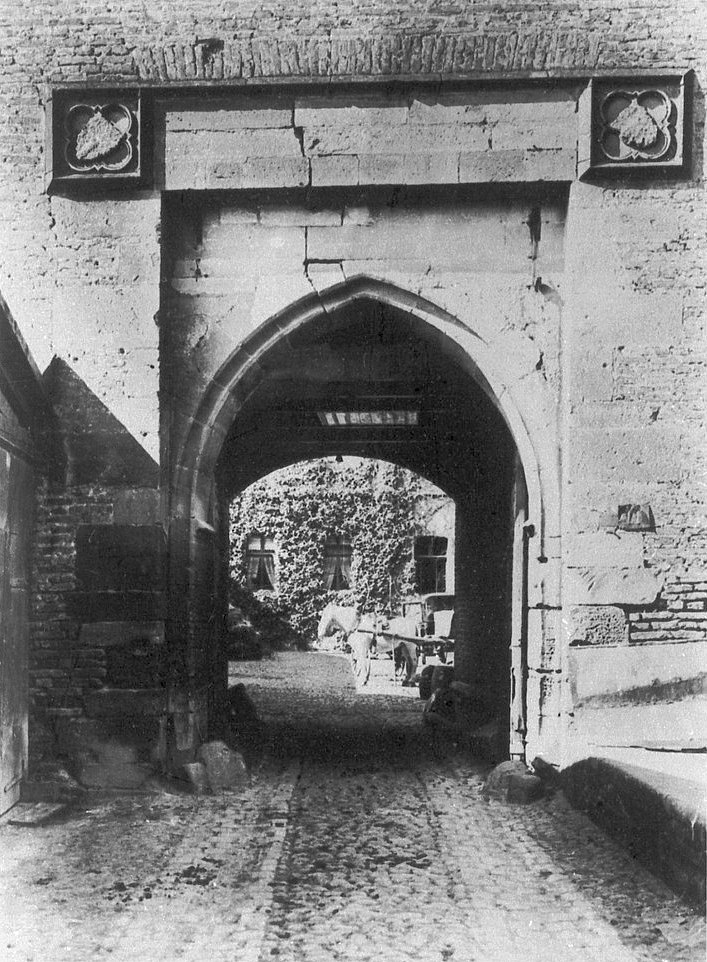|
Zülpich Castle
Zülpich Castle or the Electoral Cologne Sovereign Castle of Zülpich () is the landmark and symbol of the town of Zülpich in the German state of North Rhine-Westphalia. Its origins may be traced to a Roman ''castrum''. The present site was built in the late 14th century as a symbol of sovereignty and outpost of the archbishops of Cologne against the County of Jülich. Razed by French troops at the end of the 17th century, the ruins of the lowland castle ended up in private hands. The Zülpich manufacturing family of Sieger opened a schnaps distillery in the castle until 1870 that operated until the 1980s. In the Second World War it was badly damaged, was partly rebuilt in the 1950s and acts today as a tourist information bureau and home of the Zülpich History Society. Description Zülpich Castle is a modest brick building with an almost rectangular plan with high towers at the corners. It is one of the classic quadrangular castles of a type ideal for the Late Middle Ages. Its ... [...More Info...] [...Related Items...] OR: [Wikipedia] [Google] [Baidu] |
Lowland Castle
The term lowland castle or plains castle () describes a type of castle that is situated on a lowland, plain or valley floor, as opposed to one built on higher ground such as a hill spur. The classification is extensively used in Germany where about 34 percent of all castles are of the lowland type.Krahe, pp. 21-23 (2002) Because lowland castles do not have the defensive advantage of a site on higher ground, sites are chosen that are easy to defend, taking advantage, for example, of rivers, islands in lakes or marshes. Where such natural obstacles do not exist, artificially similar obstacles take on added significance. These include water-filled or dry moats, ramparts, palisades and curtain walls. In order to increase the height of the castle above the surrounding terrain, artificial earth mounds may be built (such as mottes), and fortified towers also fulfil this purpose. Castles of the Early Middle Ages (including Slavic and Saxon castles) often had a narrow, deep ditch a ... [...More Info...] [...Related Items...] OR: [Wikipedia] [Google] [Baidu] |
Fighting Platform
A fighting platform or terraceKaufmann, J.E. and Kaufmann, H.W (2001). ''The Medieval Fortress'', Cambridge, Massachusetts, Da Capo, p. 29. . is the uppermost defensive platform of an ancient or medieval gateway, tower (such as the fighting platform on a bergfried) and breteche. The fighting platform is surrounded by a parapet, usually a battlement. Whilst in warmer climates (for example in the Mediterranean region) the platforms were usually open, in Central Europe they were frequently covered by a roof structure (on towers by a spire or tented roof A tented roof (also known as a pavilion roof) is a type of polygonal hip roof, hipped roof with steeply pitched slopes rising to a peak.W. Dean EastmanHometown Handbook: Architecture./ref> Tented roofs, a hallmark of medieval religious archite ...). References Castle architecture {{castle-stub ... [...More Info...] [...Related Items...] OR: [Wikipedia] [Google] [Baidu] |
